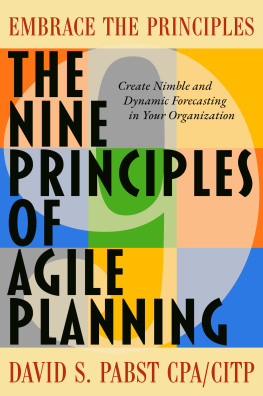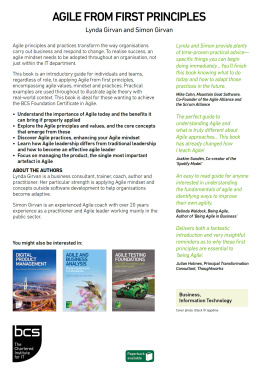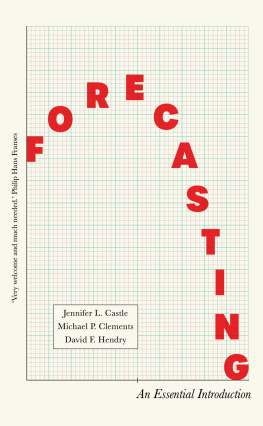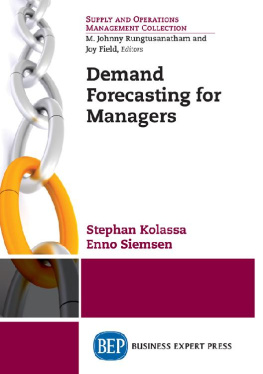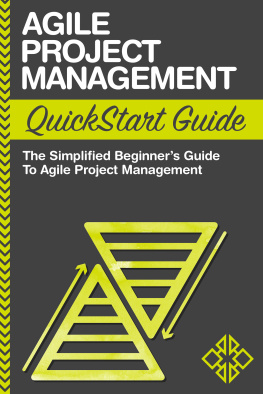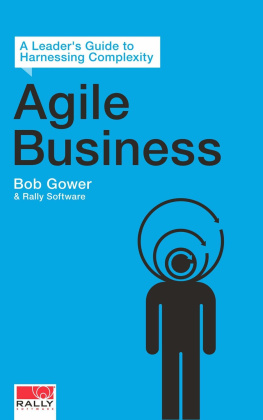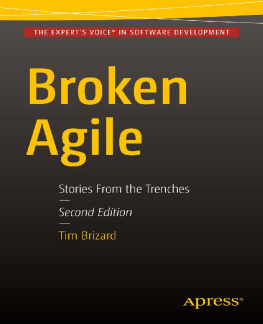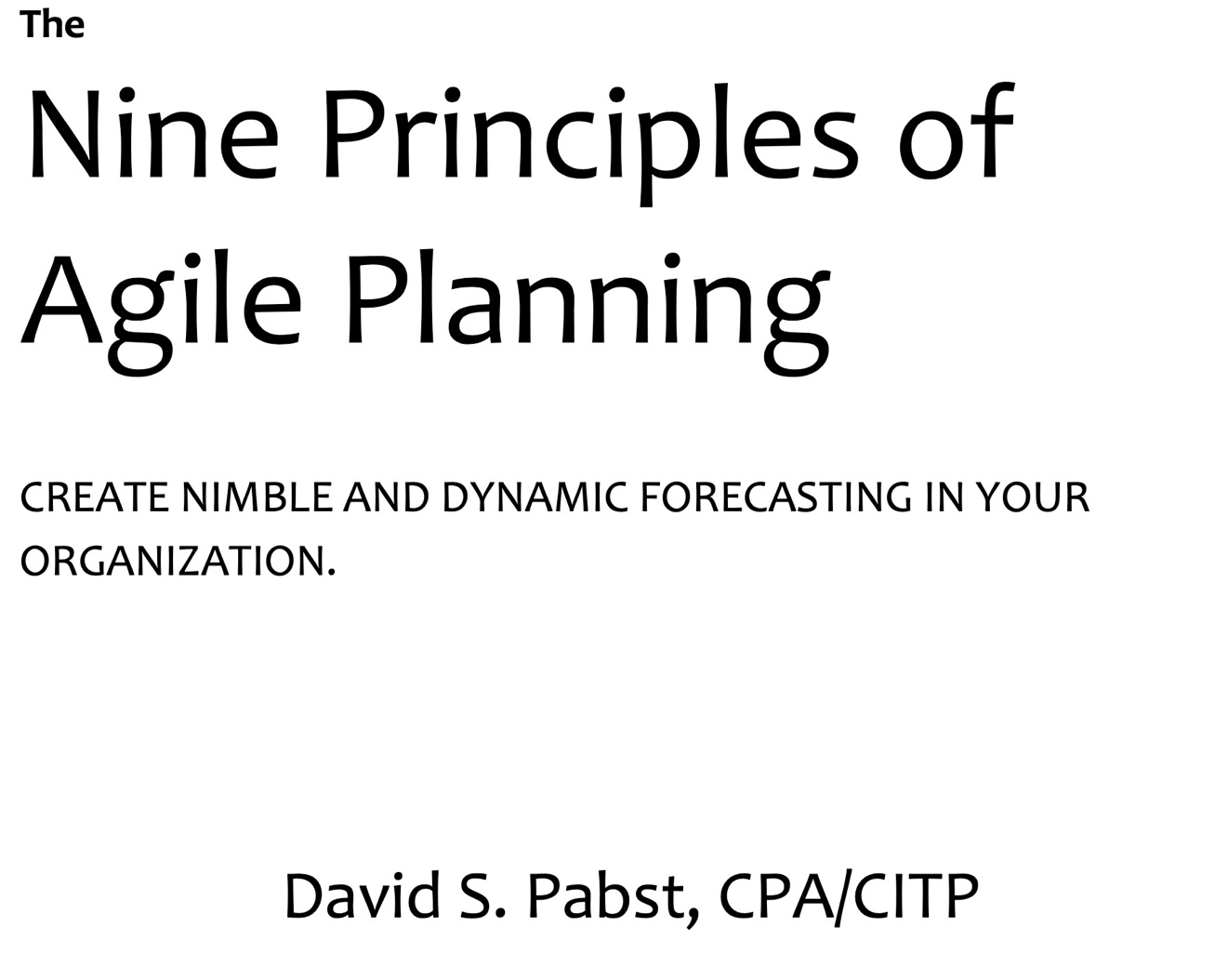
Copyright 2021 David S. Pabst
All rights reserved.
Kindle ISBN: 978-1-7370183-0-8
Kindle Print-On-Demand ISBN: 978-1-7370183-1-5
CONTENTS
To the many CFOs, Finance teams, and business leaders creating forecasting processes to help their organizations grow. This book is born from the fire of many planning and forecasting projects to help new souls avoid the pitfalls of failed forecasting projects and instead create long-lasting, dynamic, and nimble forecasting engines that will provide enduring positive change for your organizations.
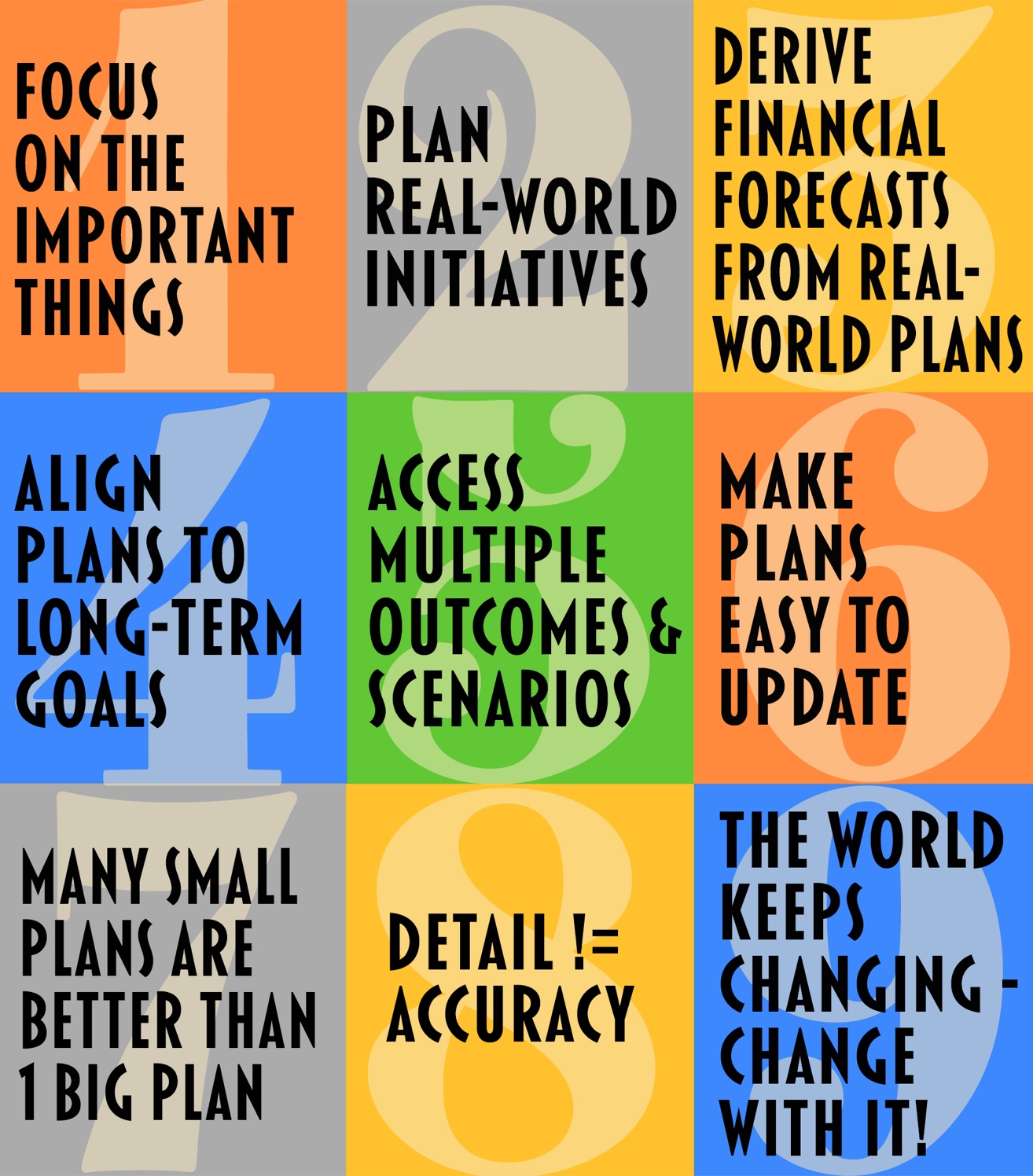
Your new planning, forecasting, and budgeting transformation project starts with excitement as you rally your leaders, team members, and internal customers around a new and better way to budget and forecast. You find other leaders to join you on your quest to improve the organization. You assemble a project team to figure out the best way to forecast everything from revenues (sales), expenses, headcount, capital investments, and every other aspect of the organization. Your forecasting project starts!
Creating a new planning and forecasting process is an opportunity that comes around once in a decade. You need to get it right.
This opportunity comes with great responsibility. You need to lead others in the right way to plan and forecasta way that will be nimble and fast. A way that will be embraced for the information it produces, and one that allows the process to sense changes in the operating environment faster than ever.
Use this chance to develop an Agile Planning philosophy that encourages rapid development of plans, that can be quickly iterated, are easy to understand, and actionable. Take advantage of the golden age of cloud-based planning tools to facilitate these Agile Planning objectives.
I have seen organizations succeed in deploying a planning and forecasting process like this by balancing the many dimensions of planning. These successful organizations ensure that everyone on their team is educated and lives by a set of guiding principles. These guiding principles create a framework to determine which requirements to take on, and how to solve those requirements in ways that enhance the overall forecasting process.
On the other side, I have seen organizations spend millions of dollars to create new, bloated, and cumbersome planning processes that are worse than the preceding ones. These forecasting processes fail within a few years, and everyone goes back to forecasting in spreadsheets.
You need a forecasting and planning process that is easy to update, not too detailed, supported by automation, close to the people running the business, and aligned to long-term goalsone that can signal instantly when business conditions are starting to change.
Organizations with agile forecasting processes were able to detect and react to the COVID-19 pandemic when everything changed in a matter of weeks. Without a modern forecasting process, slower organizations could not respond until they saw their quarterly results. Were you able to take advantage of business opportunities during the pandemic, or did the pandemic blindside you?
You need a nimble, agile process that can adapt, iterate quickly, and help the organization manage itself in good and bad economic conditions.
The major software vendors want to sell you the promise of turnkey forecasting systemsAdaptive, Anaplan, OneStream, Oracle, Planful, and SAP provide modern, cloud-based planning suites. These tools are an effective method for constructing an Agile Planning process, but they are not an instant cure-all. You need to look at your goals through the lens of building an Agile Planning process and apply these cloud tools to get you there.
These new tools shine by enabling interconnected, collaborative, dynamic processes across teams with nearly infinite processing capacity provided at a nominal cost.
They will only be beneficial if you follow the Nine Principles of Agile Planning.
Who is this book for?
If you are a CFO, CIO, Finance manager, or Analyst embarking on a planning and forecasting redesign and about to implement a cloud-based processuse the Nine Principles of Agile Planning to give you a fighting chance for forecasting success. Use the Nine Principles of Agile Planning as a framework to meet your goals in a balanced wayfocusing across nine different perspectives.
If you do not follow the Nine Principles you might be looking for a job once your organization realizes you have created a slow, low-value forecasting process. People living in your process will hate it and move onto something else to get their jobs done. Your forecasting process could fail!
Choose the alternative.
The Nine Principles will teach you how to build a process that reacts quickly and produces actionable information that helps run your business. Planners living in your process will love it because the process makes their lives easier. Your business partners will thank you for making it easier to run their parts of the organization. You will be a forecasting hero!
Embrace the Nine Principles of Agile Planning
The Nine Principles of Agile Planning combine and reinforce each other, creating strength and durability. Use this strength to achieve nimble, dynamic, and evolving forecasts in a changing world.
The Nine Principles are:
1. Focus on the Important Things
2. Plan Real-World Initiatives
3. Derive Financial Forecasts from Real-World Plans
4. Align Plans to Long-Term Goals
5. Assess Multiple Scenarios and Outcomes
6. Make Plans Easy to Update
7. Many Small Plans are Better than One Big Plan
8. Detail Does Not Equal Accuracy
9. The World Keeps ChangingChange With It!
Principle #1: Focus on the Important Things invests your time and energy planning and forecasting the elements of your business that make a difference. Why spend time and energy forecasting the aspects of your business that are not materialor if they are material, are not controllable?
Many items in your business are fixed and recurring unless you make hard decisions to change them. Stop wasting time planning items like this unless you are going to change them by, for example, reducing headcount, moving your headquarters, or winding down a product or service.
Your process needs to forecast these ongoing items automatically, for example, growing your expenses with inflation.
When it is time to make the hard decision to bend a recurring, fixed part of your organization, Principle #2: Plan Real-World Initiatives can help. Initiative-building assigns people, time, and money to force a fixed, recurring item to change from its current activity level. Your process needs to incorporate real-world initiatives that can be executed, tracked, and measured throughout the year. An example of an initiative might be cutting headquarters operating costs by 20% next year by installing new air conditioning.
Planning real-world initiatives gives your business leaders tangible to-do lists that are linked to the organizations financial forecasts.
Principle #3: Derive Financial Forecasts from Real-World Plans prevents you from building your financial projections in a vacuum. Too many organizations build their forecasts starting with their financial statements and work backward to figure out how to meet their forecasting targets. As an example, you might use a growth rate of 10% to project next years Revenues (Sales). Instead, you should start by forecasting your operational activity levels, and then use these activity levels to derive your financial forecasts. There are many operational activity levels that are useful when driving your forecast, such as the number of deals, customers, quantities, units, hours, clicks, shipments, and so on.

